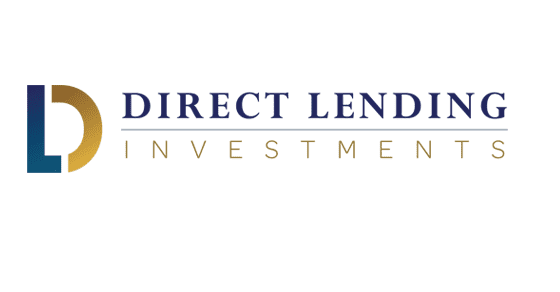[Update: Brendan Ross was arrested in August 2020 and Direct Lending Investments was placed into receivership. Court cases are ongoing but needless to say his company is no longer a going concern. More here.]
While many private funds now exist to aggregate marketplace lending opportunities for accredited investors, only in Europe have we seen the successful launch of public vehicles providing access to non-accredited retail investors. In the United States, two public funds managed by Van Eck and River North have started down the path with the SEC, but both are startups and have not yet seen their registrations approved.
Yesterday we reviewed the N2 filing for a large private fund, the Direct Lending Income Fund, that plans to convert to a public fund of the same name. What makes Direct Lending Investments offering unique is that this is the first public filing from a company that is converting an existing fund, called a “predecessor fund” in the N2 filing, into a public fund available to non-accredited, retail investors.
Brendan Ross, who is the Founder and President started Direct Lending Investments in October 2012 and has been an investor in the industry for quite some time. Peter was an early investor in the fund and he first reviewed the Direct Lending Income Fund back in May 2013. The fund continues to be one of the top performers in his marketplace lending portfolio.
Peter and I talked to Brendan to learn more about what this means for the fund and for investors looking to access small business loans.
The Current State of Direct Lending Investments
Direct Lending Investments currently offers a fund that is open only to accredited investors. The current investment minimum is $100,000 but that will change if they are approved by the SEC to create this 40-Act fund.
The fund has historically earned investors unlevered double digit returns by investing in marketplaces like Biz2Credit, OnDeck, DealStruck, RealtyMogul, IOU Central, QuarterSpot and others. When we talked to Brendan, he said they have around $450 million in assets under management today, which makes them one of the largest funds in the online lending industry.
The New Direct Lending Income Fund
What Brendan plans to do is to convert his fund from an LP structure, targeted at accredited investors, to an SEC-registered interval fund available to everyone. By converting to a RIC, or a Regulated Investment Company, investors will now receive a 1099 instead of a K-1, which means fund expenses will be tax deductible. For current investors, this means an automatic boost in returns due to the tax savings. Brendan estimates for some investors in high tax brackets that this will save them 75 bps with the new structure. There are certain requirements for becoming a RIC including paying out 90% of income, which fits a fixed income fund well.
The second benefit is that non-accredited investors will now have access to the fund which will open a much wider pool of investors. According to the N-2, the investment minimum will now be $25,000 instead of $100,000. Direct Lending Investments will also be able to do distribution deals, which could help scale the fund to much higher than the $450 million under management. Brendan mentioned that although running a public fund is more expensive than a private fund, the fund will benefit in the long run from the increased scale and ability to withstand regulatory scrutiny. They have already overcome the major hurdles including a public company audit and filing the N-2. Ultimately, the new fund will be easier and less complex for investors to own.
The new fund will operate as an SEC interval fund, which will be a continuous offering. Investors can invest monthly and have liquidity on a quarterly basis based on their share repurchase program outlined in the N-2. The fund investment goals with this conversion will remain the same and although Direct Lending Investments doesn’t currently use leverage, this is listed as something that they may do in the future. The fund’s expenses are a 1.00% management fee with a 20% performance fee subject to a minimum annualized return of 7%.
Next Steps For Direct Lending Investments
This move is just step one and Brendan noted that long term he would like to see the fund reach a range of $1-$2 billion in size and eventually list the fund on the Nasdaq as a BDC. Once this happens, it would open up this investment for true retail investors who could purchase shares for a very low cost with no minimums. This is how many people see as the future of our asset class – offering easy access for all investors.
Brendan has been one of the true trailblazers in our industry. With this new fund, he continues to push new ground. While other funds have applied for SEC registration, no one has taken Brendan’s path to get there. And no 40-Act funds have yet been approved by the SEC so this approval process may take a while. But eventually we expect non-accredited investors will have another investment option to invest in this asset class. We will continue to report on the progress of this fund in the coming months.
Disclaimer: None of this information should be considered investment advice. You should consider your own situation and risk tolerance before making investment decisions.



